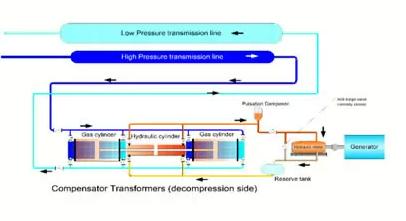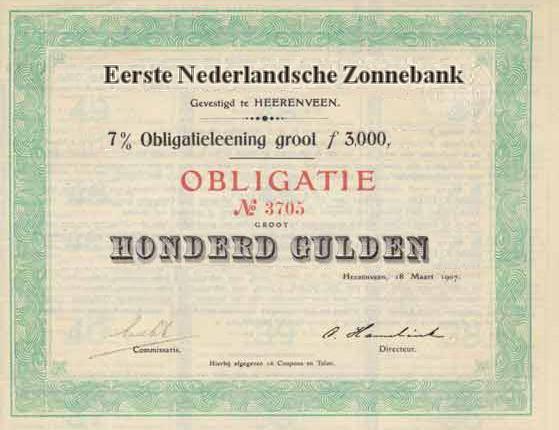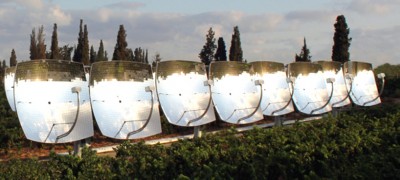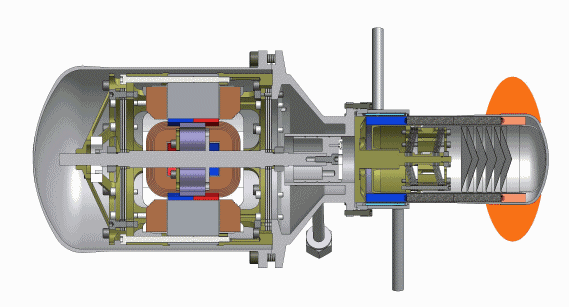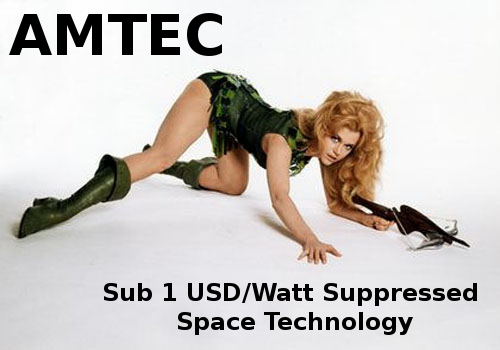The reality of our economic environment has amalgamated itself in what we call the Carboncredit system. Looking through its prism all economic decisions become clear, although their insanity and single mindedness remains shocking. Below a translation of an earlier summary of the concept.
Like this? Donate!
The Carbon Credit System
The Carboncredit system is the system that distributes carbon/fossil based fuels by extending credit, it is our present financial system. Money is created if a person has a plan to produce goods or services. He/she writes a business plan and gets credit which he uses to make the product of perform the service. He is supposed to make profit part of which he returns to the bank.
Nothing is produced with money, money only allows the trade of goods and services, so in the case of a manufacturing process all the moving and shaping and other manipulations require energy with the main energy source being fossil fuels. If the credit extended to run a business would not buy any fossil fuels it would be practically worthless. We run into a hard necessary link between the price of fossil fuels, and the credit extended in society in order for it’s activities to be able to happen. This controlled relationship we call the carboncredit system.
The only money that counts is that which can be directly spend on fossil fuels
The carboncredit system came about after Nixon left the gold standard in 1971. He had to do that because gold and silver where all ending up with the oil rich nations, because they could deliver something everyone started to use, fossil fuels. Banks saw that using a hard limited money resource did not match the then near limitless supply of productive power and shook the gold system until Nixon gave way. Fossil fuels where causing a self powering expansion in demand by increasing productivity through the use of engines resulting in a growth in the population. With the gold standard abandoned this expansion could run free, only depending on carefull dollar creation. This made all the bank intermediaries rich and matched the unavoidable trend. Economics was invented to hide the fundamental dependency, a theory with a core aim to ‘Maximize the utilization of fossil fuels’. The mantra became : "Spend spend spend", supported by the banks and oil companies. Of course one had to manage the people believing money had value, so it took deregulation and serious confusion and domination/seduction of the population to make them go along with economics.
To demonstrate the need for coordination between carbon and credit one can take the situation in wich the supply of carbon fuels is bigger than the supply of credit. In that case manufacturing will become cheaper, logistics also, and more products will be produced. To trade those products and facilitate all kinds of extra activities more money will be needed, but because this money is not created society will see deflation and the activities will stall and fail. Gas can be 2 ct while you don’t have any cash, and you’ll not be able to use it. Deflation means price changes and this influences all the loans and interest payments, so banks and their board the fed try to avoid that.
Alternatively if the fed creates a lot of credit and this credit actually ends up in circulation, this means fuel consumption will go up and people will want to buy stuff. Because the fuel is not there to buy and the stuff is not being made prices will rise, inflation will happen. It is very important to make a distinction between money in banks and money in circulation to be spend. Only the latter counts. You can add a trillion to a bank account, it won’t impact reality. Once you use a few billion of that to buy up all gasoline in a 100 mile radius the money has effect.
So to maximize the margins for the banks they like ‘price stability’ because that means the carbon supply is tuned to the money people can spend and all is nice and quiet. There isn’t any more money to be made (in terms of real value) unless some fuel supply comes on stream, fi by the Pentagon sitting on Lybian oil. Then the economists will say ‘We expect more growth’, money is created and the oil is bought and consumed at stabile prices. If fuel gets cut off, debt is used to absorb credit. This is how the financial system is managed.
The only real reflection of debt is CO2 in our atmosphere
If there is no increase in fuel supply upcoming the banks need to cut credit. This is what has been happening since 2008. Cutting credit is greatly aided by the concept of debt, a fiction and byproduct of the old gold/silver based credit system. Carboncredit only knows debt because it allows to control the moneysupply. Because carbon causes expansion in productivity and population the banks have always been able to create more credit, have some people fail and have others ‘pay them back’, but if you don’t care about the money system, the debt would be meaningless. As we say the only real reflection of debt is CO2 in our atmosphere.
There is another moving part wich is whether banks want you to be able to spend at all. If you’re not a good consumer, there is one better than you they rather use.
So at the moment banks cut real credit to conserve energy. They may shove billions around in accounts, but the only thing that matters is what is actually spend on fuel. The great trick they employ is to cut credit in places we don’t care about, so the poor and the elderly. Thus the balance between fossil supply and demand (by people that can spend money) is maintained, while the rest of us don’t see any real price movement. You can give fuel any price you like if nobody has money to buy it!
The reason why this dangerous occulsion game is being played is simply to make the banks last. The moment we recognize we have a fossil fuel crisis they will be overruled and the carboncredit system will be managed openly. No more fun trips for nothing, the priority will be energy. If that happens the priority will be renewable energy. This type of energy is basically unlimited, but does not allow/require the same carboncredit management, meaning banks will be out of a job. Now you know why we are stuck in a crisis.
Wars are fought to keep the CC balance intact. This means real war but also cutting off groups and countries
The game played is extremely dangerous, and all you need to do to see that is understand the carboncredit relationship. Banks are active in both cutting credit and forcing the oil supply to be sufficient to remain ‘free’. It would be infinitely better if their role be cut, and military style operation to build as much renewable energy sources as quickly and efficiently as possible went underway. For now a large part of the richer corporations rather enjoy their lifestyle than change things.
If Wealth is the result of combining Skills, Raw materials and Energy, we are loosing out on an enormous wealth potential for the benefit of those protecting fossil fuel interests.
Carboncredit limits economic growth, but because that growth is expressed in carboncredit terms we don’t see the limits. We always wonder whether someone will invest, but with a renewable (Roboeconomic) perspective you can ask "What does the place afford?". For instance, if a patch of a few 100 km Sahara desert can generate enough energy to power the world, how much usefull manufacturing could take place on the same footprint?
Economics doesn’t allow you to think straight about solving the crisis. ‘Investment’ means ‘Allocating fossil fuels’
The road to growth is not by liberating more money to fuel the same engines and processes, this is why banks try to prevent it, try to make everyone accept the detoriation that makes everyone more manageable by the same economic lies. The more chaos the easier it will be for the remaining fossil fuel based powers to assert themselves. Fighting agains austerity only helps it, because austerity or not, shortages are increasing.
We need investment rules that prevent futher waste of fossil fuels
The solution lies in redirecting heavy investments towards renewables, whose energy can power manufacturing and creation of wealth. This allocation of resources is now still heavily controlled by the carbon credit system, so that it’s succes is seriously obstructed in each and every way possible. The breaktrough innovations lie in making renewable sources with renewables, which is equivalent to creating an oil source that spawns oil sources. The question is not whether, but when that will become reality.
Also see Euro, Auro, Joule and Roboeconomics


